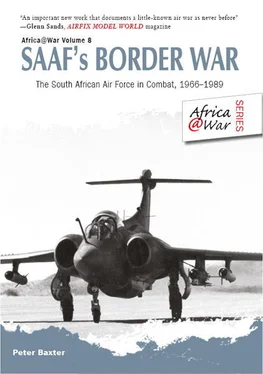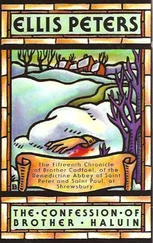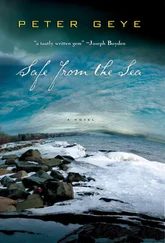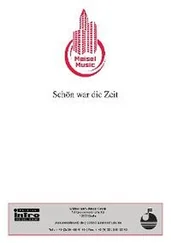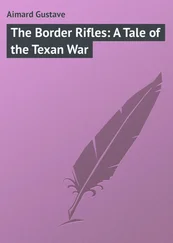Peter Baxter - SAAF's Border War
Здесь есть возможность читать онлайн «Peter Baxter - SAAF's Border War» весь текст электронной книги совершенно бесплатно (целиком полную версию без сокращений). В некоторых случаях можно слушать аудио, скачать через торрент в формате fb2 и присутствует краткое содержание. Город: Solihull, Год выпуска: 2013, ISBN: 2013, Издательство: Helion & Company, Жанр: military_history, на английском языке. Описание произведения, (предисловие) а так же отзывы посетителей доступны на портале библиотеки ЛибКат.
- Название:SAAF's Border War
- Автор:
- Издательство:Helion & Company
- Жанр:
- Год:2013
- Город:Solihull
- ISBN:978-1-908916-23-5
- Рейтинг книги:3 / 5. Голосов: 1
-
Избранное:Добавить в избранное
- Отзывы:
-
Ваша оценка:
- 60
- 1
- 2
- 3
- 4
- 5
SAAF's Border War: краткое содержание, описание и аннотация
Предлагаем к чтению аннотацию, описание, краткое содержание или предисловие (зависит от того, что написал сам автор книги «SAAF's Border War»). Если вы не нашли необходимую информацию о книге — напишите в комментариях, мы постараемся отыскать её.
SAAF's Border War — читать онлайн бесплатно полную книгу (весь текст) целиком
Ниже представлен текст книги, разбитый по страницам. Система сохранения места последней прочитанной страницы, позволяет с удобством читать онлайн бесплатно книгу «SAAF's Border War», без необходимости каждый раз заново искать на чём Вы остановились. Поставьте закладку, и сможете в любой момент перейти на страницу, на которой закончили чтение.
Интервал:
Закладка:
The Mirages only arrived on the scene during 1978 once the difficult political decision had been made to permit what the military men had been urging for some time: to take the war to the enemy by mounting aggressive cross-border raids in the same way that the Rhodesians were doing in Mozambique and Zambia, cutting the enemy to pieces where he was concentrated and dealing with him before he had a chance to infiltrate the country.
The difficulty in making this decision lay in the fact that, notwithstanding many grotesque battlefield and politicization practices, the revolutionary–guerrilla organizations held the moral high ground by dint of their particular place in history, and could be relied upon to make optimum use of any propaganda coup that the South Africans might offer them by focusing their (the South African) operational superiority on the business of killing ‘gooks’ in large numbers. Such was the case during the Battle of Cassinga where the SADF in combination with the SAAF delivered SWAPO, and by extension FAPLA, a mauling of such intensity that it is arguable if the organization ever fully recovered. The political fallout was indeed shrill and highly embellished, and the South African reputation was certainly further damaged, but the fact remained that patrolling the border could ultimately achieve nothing like the sort of kill rates that a combined operation could achieve against an unsuspecting guerrilla rear base.
The action at Cassinga was part of a larger operation codenamed Reindeer that sought to eliminate a widely dispersed selection of SWAPO bases as well as a much larger concentration focused around the old iron mining town of Cassinga, codenamed Moscow by SWAPO, and pioneered as a joint venture between the Portuguese authorities and the German Krupp family. The town is situated some 250 kilometres within Angola and had been identified as a key SWAPO forward operational headquarters with the capacity to hold upward of 1,200 combatants. The plan to capture it involved a combined airstrike and Parabat assault against a well-fortified and well-defended position, with the 250 earmarked troops being airlifted out after the operation by an armada of helicopters.
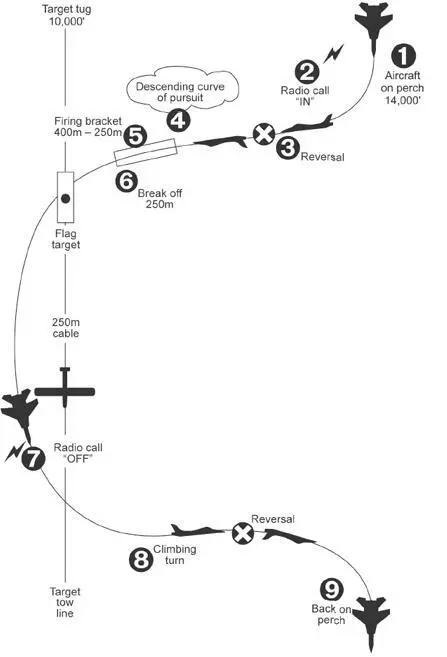
This was a risky proposition by any estimation and for any number of reasons, key among them being the distance involved and the potential for a military and political disaster if things turned conspicuously awry. Complicating matters was the fact that a substantial force of tanks and mechanized infantry belonging to FAPLA and supported by an undetermined number of Cubans was stationed at Techamutete, just 16 kilometres to the south. In addition, it was quite conceivable that the Angolan MiG-21s, known to be in operation, might attempt to intervene.
This, however, was precisely the sort of work that the SAAF Mirage squadrons were itching to get a grip on, and in fact 2 Squadron, the erstwhile Flying Cheetahs of the Korean War, and equipped with Mirage IIIs, had been training intensively for several months in anticipation of a call to the border.
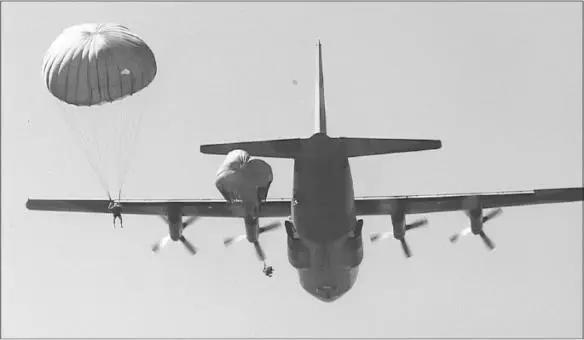
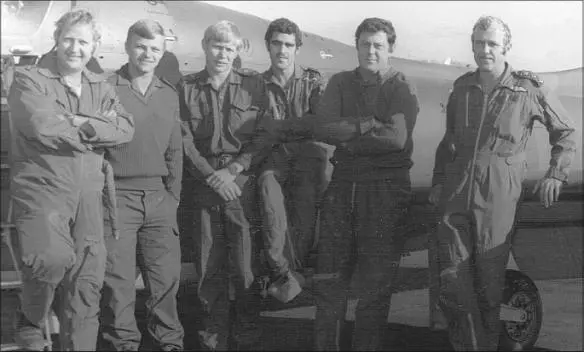
The assault on Cassinga was scheduled for 4 May 1978. The main SAAF attack force would consist of Canberra bombers and 24 Squadron Blackburn Buccaneers which would deliver the first payload of ordnance to soften up the target before the arrival of the C-130s and C-160s of 28 Squadron carrying the paratroops, followed by helicopter uplift. Helicopters would operate and refuel from an established HAA, or helicopter administration area, known more commonly as a HAG, for the Afrikaans helikopter administrasie gebeid , which would be established a safe distance from the scene of the action. Top cover would be provided by the Mirage IIIs of 2 Squadron.
At 08h00 on 4 May, four laden Canberras appeared over the ramshackle but heavily fortified settlement of Cassinga onto which was voided a blanket of anti-personnel alpha bombs, followed by the pinpoint delivery of eight hard-hitting 1,000lb bombs by a flight of five Buccaneers. [10] The alpha bomb was a Rhodesian Air Force innovation conceived and developed by Group Captain Peter Petter-Bowyer. It was a spherical bouncing bomb with a delayed detonation allowing for the airburst of multiple fragments over a wide area. The system was configured for deployment from Rhodesian Canberra bombers and was adopted and improved upon for similar use in the South African-operated Canberras.
The initial air attack achieved absolute surprise and was so effective that enemy defensive reaction was temporarily paralyzed. This was fortunate for two reasons. Firstly, the question of anti-aircraft artillery remained an open one, answered somewhat later when it was established that in fact Cassinga was well provided for in this regard; these, however, thanks to the shock of the first assault, where not brought to bear in any meaningful way against the vulnerable bomber and transport fleet. In the second instance, it gave South African paratroops an opportunity to regroup after a potentially disastrous off-target drop which resulted in many paratroopers needing to ford a river before going into action.
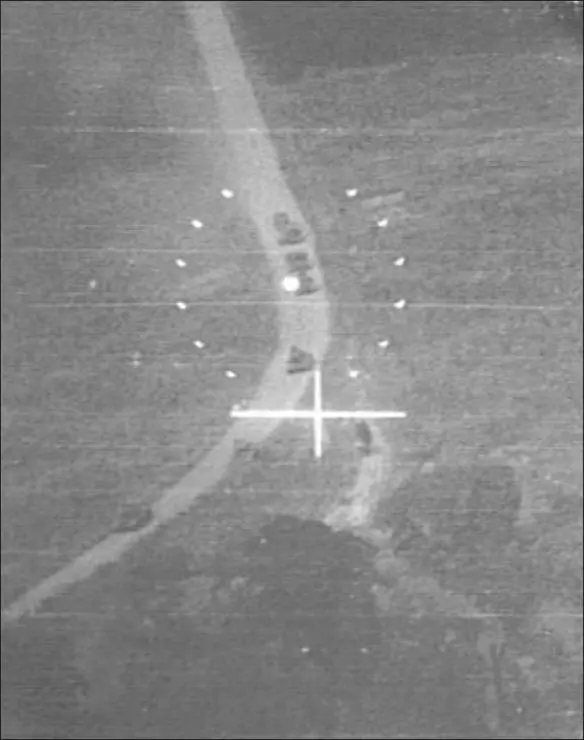
One of the four Mirage IIIs armed for air combat and supplying top cover for the operation was summoned to provide close air support against an enemy position firing heavily on advancing troops. The exact position could not be located, however, and fearing a friendly fire incident the attack was aborted. By 14h00 the ground action was largely over with most key objectives attained. At least 600 SWAPO personnel, but possibly as many as 1,000, lay dead, with many more captured and a great deal of intelligence material, although admittedly not as much as hoped, gathered. Soon afterward the helicopter extraction, utilizing 13 Pumas and six Super Felons from 19 Squadron, began. It was at that moment that the anticipated Cuban/FAPLA armoured column was spotted moving cautiously toward Cassinga from the south.
The Mirage IIIs that had earlier returned to AFB Ondangwa were immediately scrambled to offer fighter assistance. (A further two Mirage IIIs had been involved in attacks on other camps supported by the main base at Cassinga and located around Chetequera.)
Back on the scene the two pilots – Commandant Ollie Holmes and Major Gerrie Radloff – spotted the convoy with the lead vehicles by then only a few kilometres south of the town. Holmes led and launched into an immediate high-angle strafing attack on the vanguard of the convoy, noticing as he did that three vehicles had already passed a bend in the road and had slipped out of his line of sight. These he delegated to Radloff who dealt with them promptly and effectively.
Читать дальшеИнтервал:
Закладка:
Похожие книги на «SAAF's Border War»
Представляем Вашему вниманию похожие книги на «SAAF's Border War» списком для выбора. Мы отобрали схожую по названию и смыслу литературу в надежде предоставить читателям больше вариантов отыскать новые, интересные, ещё непрочитанные произведения.
Обсуждение, отзывы о книге «SAAF's Border War» и просто собственные мнения читателей. Оставьте ваши комментарии, напишите, что Вы думаете о произведении, его смысле или главных героях. Укажите что конкретно понравилось, а что нет, и почему Вы так считаете.
